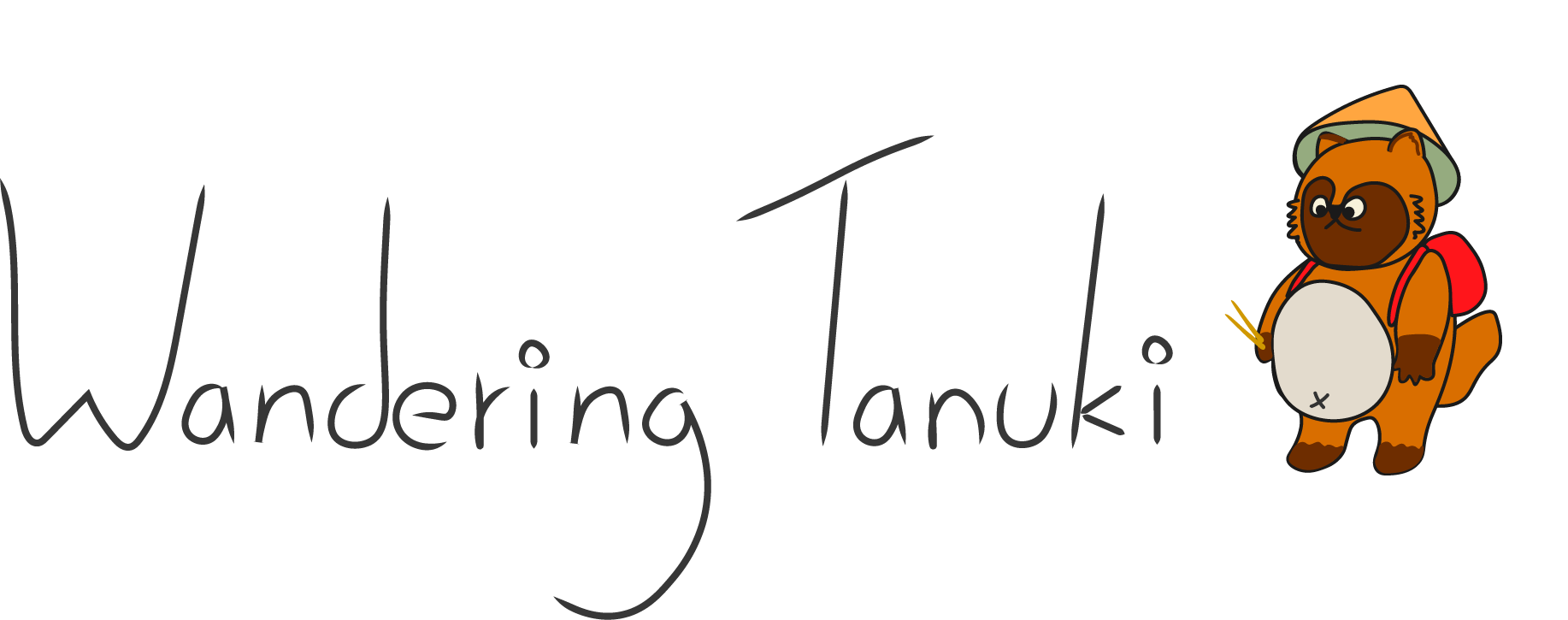Important Milestone Birthdays in Japan
In Japan, there are many important milestone birthday celebrations depending on your age. Age is significant in Japanese culture because you have to speak politely and show respect to those older than you. From early childhood, all the way to 120 years of age there are special Japanese celebrations with customs!
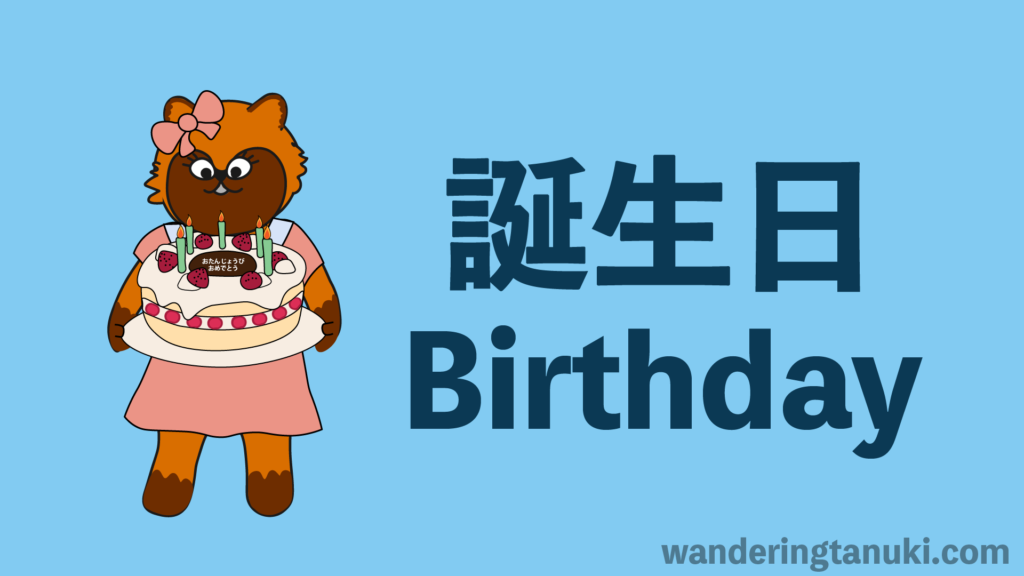
This article will be covering some general information about birthdays in Japan, as well as important milestone birthday celebrations!
General Information about Birthdays in Japan:
How do Japanese people count age?
In Japan, there are two ways to count age called Kazoedoshi (数え年) and Mannenrei (満年齢).
Most people in modern Japan use mannenrei (満年齢) which is the way that Western countries count age. The day you’re born is zero and you turn one year older with each birthday.
Up until the 1950’s, Japan was using kazoedoshi (数え年). In this method, the time you spend in the womb makes up part of your age. When you’re born, you’re already 1 year old and you turn a year older every New Year.
Some traditional celebrations still use kazoedoshi, but in modern society most people celebrate using mannenrei.
How do Japanese people celebrate birthdays?
Celebrating birthdays in Japan is a recent custom that didn’t exist in the past. This is because age was calculated using the kazoedoshi system until the 1950’s. Everyone would turn a year older on New Years.
Instead of birthdays, there were celebrations where everyone of a certain age would celebrate on a specific day. For example, Seijinshiki (coming of age day for 20 year olds) is celebrated on the second Monday of January across the country.
After the switch to mannenrei, people began to celebrate individual birthdays. Since this was a new custom, they adopted a western approach to birthday celebrations. You’ll find that Japanese people celebrate birthdays with cakes, candles, and a birthday song. The birthday song is typically sung in Japanese accent English.
How do you say “Happy Birthday” in Japanese?
There are several ways you can say “Happy Birthday”. They can range in politeness so you’ll want to choose the right one based on the situation.
The first two are very casual and should only be used with friends and family. The last one is for polite situations like with older people, strangers, or acquaintances.
ハッピーバースデー – happii baasu dee (casual)
誕生日おめでとう – tanjoubi omedetou (casual)
お誕生日おめでとうございます。- otanjoubi omedetou gozaimasu (polite)
Early Childhood Birthdays/celebrations:
In early childhood, there are many important milestone birthday celebrations. In the past, it was more likely that children wouldn’t survive into adulthood. These celebrations were a way to wish for the child’s future.
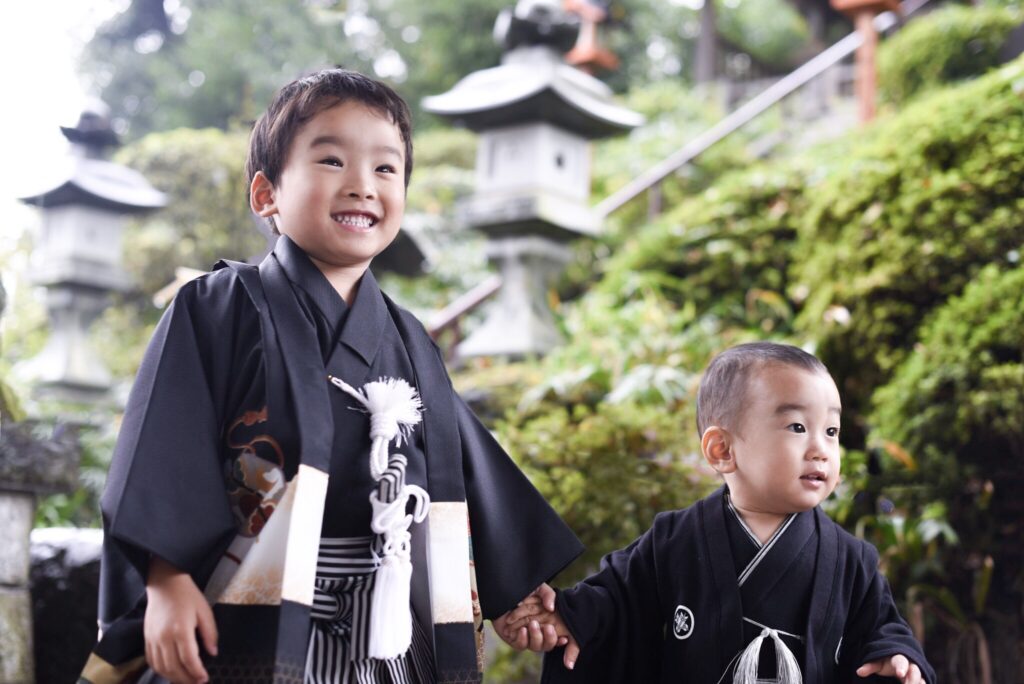
Seventh day after birth – Oshichiya – お七夜
This is the seventh night after the child is born. It’s a celebration with family members for the successful birth of the child. Many families choose to reveal the baby’s name on this day.
One month after birth – Omiyamairi – お宮参り
After one month, there is a tradition to take the baby to the closest Shinto shrine from the birthplace. The parents and the grandparents come along, and the baby is dressed in special clothes called Ubugi (産着). Everyone will wish at the shrine for the baby to grow up with health and happiness.
One hundredth day after birth – Okuizome – お食い初め
After one hundred days, there is a special ceremony that wishes for the child to be prosperous. Foods such as fish, rice, and pickles are laid out and they will make the baby pretend to eat the food.
First Birthday – Hatsu tanjoubi – 初誕生日
On this milestone birthday, there is an additional ceremony for a prosperous future. A special rice cake is prepared called isshou mochi, which symbolizes that the child will never run out of food during their life. Depending on the region, they will put the rice cake on the baby’s back or have them step on it.
Some families will also put small objects around the baby like a soroban (japanese calculator), purse, or calligraphy brush to see which one the baby goes to first. This is believed to predict the future of the child.
Celebration for Seven, Five, and Three Year olds – Shichi go san – 七五三
On November 15th, boys aged 3 and 5 and girls aged 3 and 7, will go to a Shinto shrine wearing traditional clothes. This is an annual celebration called shichi go san (translating to “seven five three”). Its purpose is to wish for longevity. Surviving until these ages was a huge milestone in the past.
20th Birthday and Coming of Age Ceremony
In Japanese culture, adulthood happens at twenty years old. This is also an important birthday because it marks the age that Japanese people can start drinking alcohol. In addition, other restrictions are lifted for 20 year olds like smoking cigarettes and gambling.
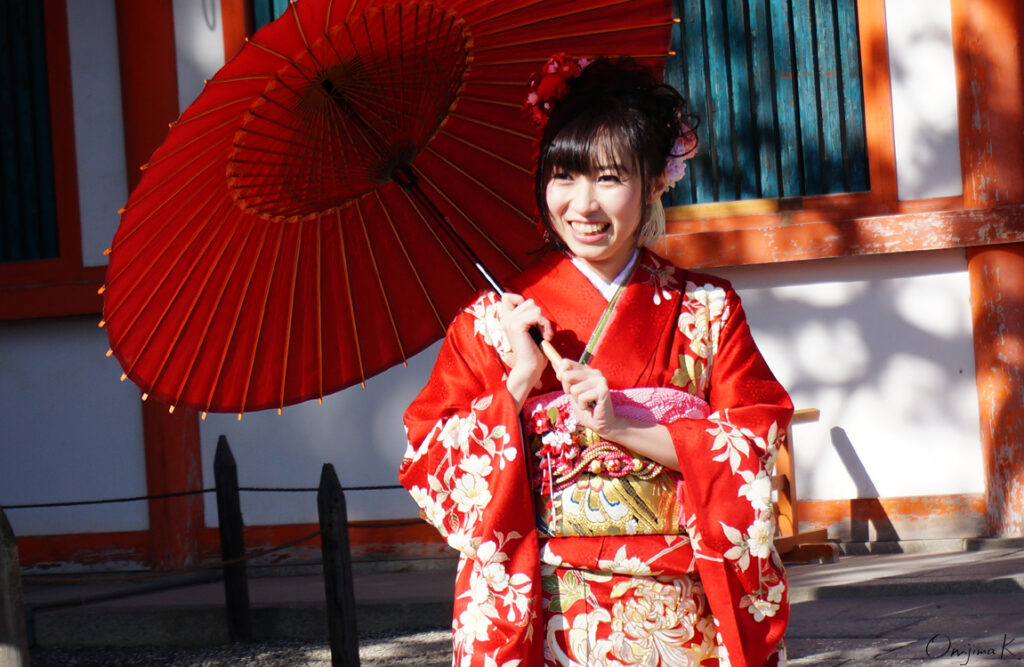
National Celebration for Twenty Year Olds – Seijinshiki – 成人式
All registered 20 year olds gather together in a national celebration by the government on the second Monday of January. These ceremonies involve speeches and traditional Japanese outfits. They also include small gifts and souvenirs, followed by afterparties. You can read more about seijinshiki here.
Milestone Birthdays Celebrating Longevity
Japan has one of the highest life expectancies in the world. Because many people lead long lives, there are lots of longevity celebrations starting from the 60th birthday! These birthdays are called chouju no iwaidoshi (長寿の祝い歳) meaning “longevity celebration ages”.
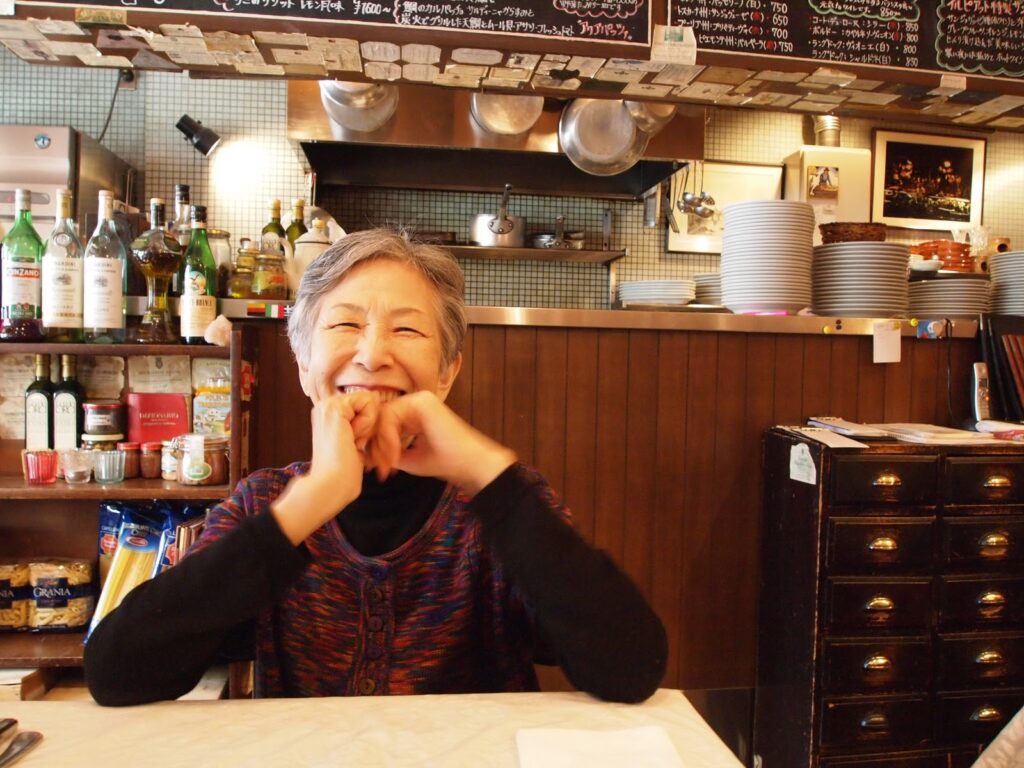
Each of these birthdays in Japan have special colors, names, and symbolism.
60th Birthday – Kanreki – 還暦
This milestone birthday is important because it signifies the start of a new 60 year cycle. This cycle comes from the Chinese zodiac system of counting years. The celebration of kanreki signifies a rebirth and the start of the new cycle.
In this celebration, the symbolic color is red. Red in Japanese is aka, which is the first character for the word akachan meaning baby. It can be a way to symbolize rebirth. The person with the birthday usually wears a red hat and traditional jacket called chanchanko. Friends and family will often gift things in the color red.
70th Birthday – Koki – 古希
The word koki comes from a Chinese poem that said that living until 70 was very rare. It is similar to kanreki but with the color purple.
77th Birthday – Kiju – 喜寿
In the past, the character for kiju looked like there were two sevens inside the kanji character. This is a similar celebration to koki with the same colors.
80th Birthday – Sanju – 傘寿
For the 80th birthday, the celebratory color is a beige. The character for “san” (傘) includes the kanji characters for eight (八) and ten (十).
88th Birthday – Beiju – 米寿
The eighty eighth birthday has a clever name that sounds like the color beige. The celebratory color is the same as sanju. When you take apart the kanji character for bei(米) it reveals the characters for eighty eight (八十八).
90th Birthday and beyond:
Starting from the 90th birthday, the rest of the milestone birthdays in Japan are in the color white. They each have their own unique names relating to how the number and kanji character look.
The biggest milestone birthday is the 120th birthday, which is the second kanreki (60th birthday). It would be the start of the next 60 year cycle.
Here are the names of each important age celebration:
90th Birthday – Sotsuju – 卒寿
99th Birthday – Hakuju – 白寿
100th Birthday – Momoju – 百寿
108th Birthday – Chaju – 茶寿
111th Birthday – Kouju – 皇寿
120th Birthday – Daikanreki – 大韓歴
I hope that this article on milestone birthdays in Japan gives you some insight into the culture. As you can see, longevity is extremely important for Japanese people! Next time your Japanese friend is celebrating an important milestone birthday, you’ll know all about it.
If you’re interested in more Japanese culture and language blog content be sure to check out my articles like Japanese names: What they mean and how they work! and Chopstick Etiquette in Japan: Rules you need to know!
~ Tanuki





